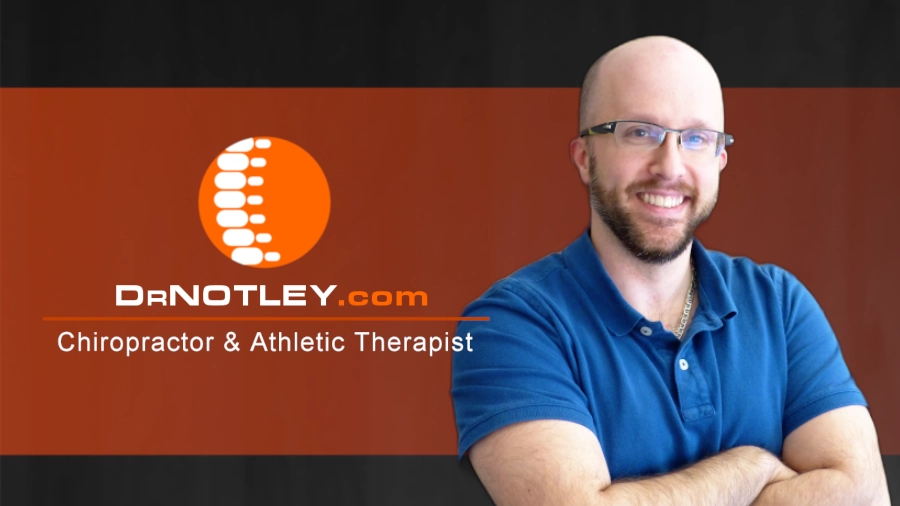Do you have a headache? Do they keep coming back? Are they starting to become more intense and more frequent?
It’s frustration to have to deal with a headache. At work, you become less effective and efficient. So what can you do for yourself to help with headaches?
One of my most favorite problems to treat are headaches. By far, the most common form of headache that I encounter is a cervicogenic headache; a headache that originates from the bony or soft tissue structures of the neck.
When treating my patients, I strive to provide them with the tools to help them help themselves. As much as my methods are effective, being able to treat yourself is so much more empowering. I recently found an article that has shown how only a few minutes a day of exercise can help reduce the frequency of your headaches. Check it out.
Effect of brief daily exercise on headache among adults – secondary analysis of a randomized controlled trial
by Lars L Andersen, PhD, Ole S Mortensen, PhD, Mette K Zebis, PhD, Rigmor H Jensen, DrMedSci, Otto M Poulsen, DrMedSci , Scand J Work Environ Health – online first. doi:10.5271/sjweh.3170
The researchers in this paper took 198 office workers who had frequent neck/shoulder pain as well as headaches. The office workers were broken up into three groups. One group performed 10 weeks of resistance training using elastic tubing for 2 minutes, 5 days a week. Another group worked out for the same number or days and weeks for 12 minutes. The third group, which received weekly health information, were the control group.
The exercise group performed progressive resistance “neck/shoulder” exercises. Sadly, after sending an email to the research group to determine which exercises were performed, I never received a response.
To some this might not sound too impressive. Do all that work just to experience the same intensity and frequency of headache. I decided to look at see what other research is finding.
Effect of Neck Exercises on Cervicogenic Headache: A Randomized Controlled Trial
Jari Ylinen, MD, PhD, Riku Nikander, PhD, PT, Matti Nykänen, MD, PhD, Hannu Kautiainen, BA and Arja Häkkinen, PhD, J Rehabil Med 2010; 42: 344–349
These researchers too 180 female office workers with chronic, non-specific neck pain. The women were broken down into three groups
Strength Group: Performed isometric, dynamic and stretching exercises. The neck flexors were strengthened by pushing a theraband while seated, forwards, obliquely towards the right and left and backwards. Shrugs, shoulder presses, bicep curls, bent-over rows, flyes and pull-overs were performed at the highest load possible for 15 repetitions.
Endurance Group: Exercised the neck flexors by lifting the head up while laying on their back. They performed three sets of 15 repetitions. Shrugs, shoulder presses, bicep curls, bent-over rows, flyes and pull-overs were performed at starting and 2kg for 3 sets of 15 repetitions.
Both exercise groups also performed trunk and lower limb exercises exercises for one series (repetitions not mentioned). Stretching was performed for the neck, shoulder and upper extremities after the workout. Workouts were performed for 45 minutes, 5 days a week.
Control Group: Performed aerobic exercise 3 times a week for an half hour and were given written information on the stretches which were given to the exercise groups.
The researchers found that neck pain reduced the most in the strength group (69%) and similar results in the endurance group (60%). Upper extremity pain decreased the most in the endurance group (70%). Headaches decreased in intensity 69% in the strength group, 58% in the endurance group and 37% in the controls.
A Randomized Controlled Trial of Exercise and Manipulative Therapy for Cervicogenic Headache
Gwendolen Jull, PT, PhD, Patricia Trott, PT, MSc, Helen Potter, PT, MSc, Guy Zito, PT, Grad Dip Manip Ther, Ken Niere, PT, Mph, Debra Shirley, PT, BSc, Jonathan Emberson, MSc, Ian Marschner, PhD, and Carolyn Richardson, PT, PhD
Two hundred participants with cervicogenic headaches were recruited for this research paper. The participants were randomized into 4 groups.
Manipulative therapy group: This group received joint mobilizations and/or manipulation depending on clinic findings.
Exercise therapy group: The exercise group was trained to perform neck retraction exercises while laying on their back trying to flatten their neck against the floor. They were also taught to squeeze the shoulder blades together while laying face down. These exercises were performed twice daily. These muscles were also taught to be performed while in a seated position.
Combined therapy group: This group received both neck manipulation and exercises.
Control group: No intervention performed
Intervention was performed over 6 weeks with 8 to 12 treatments during this time
Conclusion
Based on these papers, there is evidence that manipulation and exercise help with reducing the duration, intensity and frequency of headaches. Results differ depending on the research. There appears to evidence that a combined approach may result in more effective treatment.
I hope you found this informative.
Dr Notley
Chiropractor and Athletic Therapist of Winnipeg
Originally posted on May 17, 2022 @ 4:40 pm
